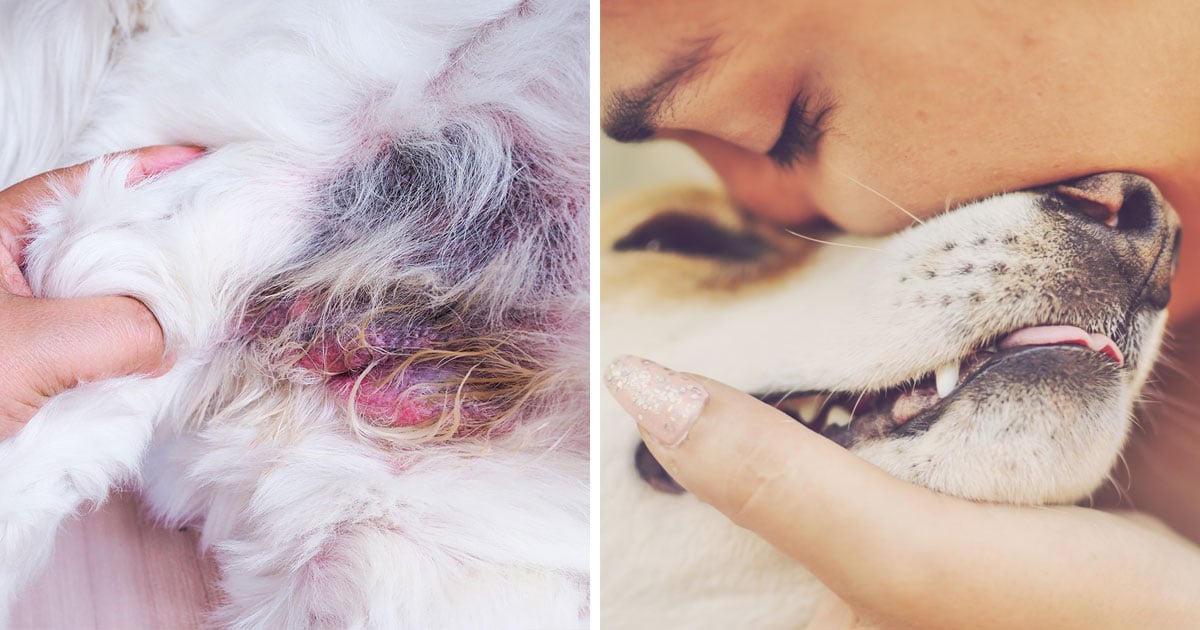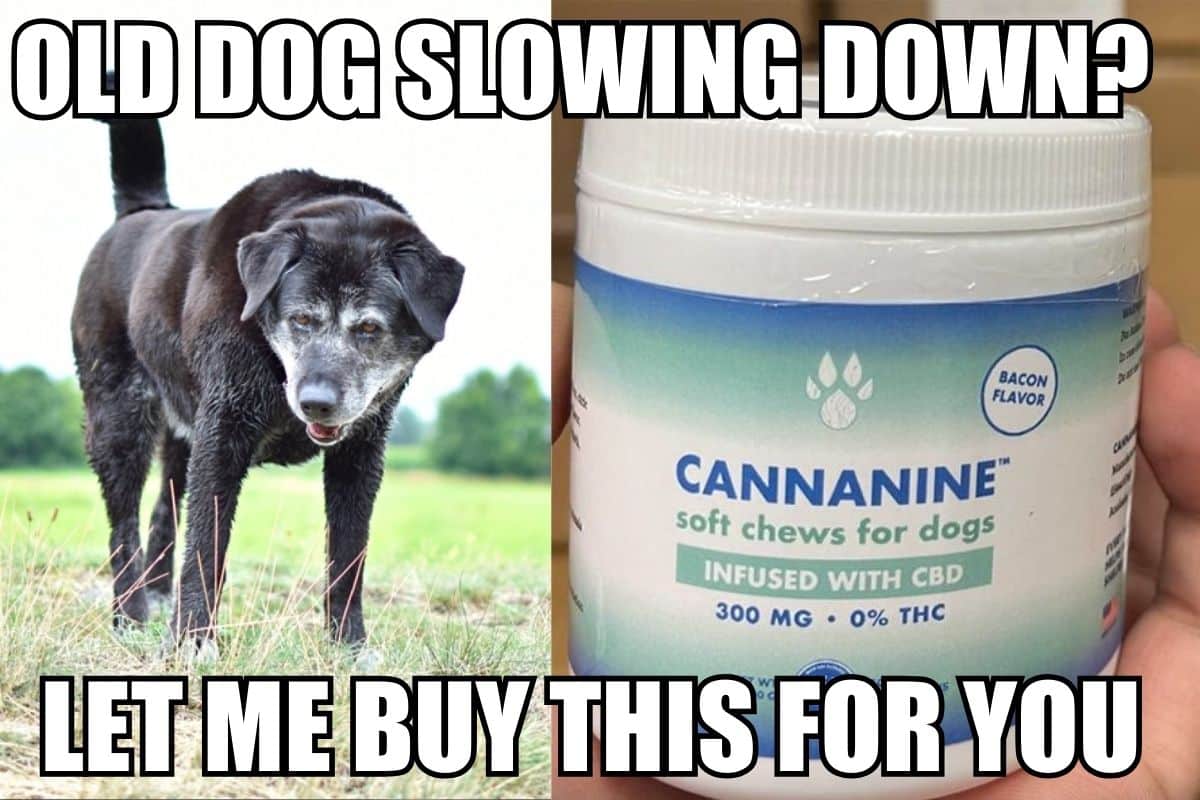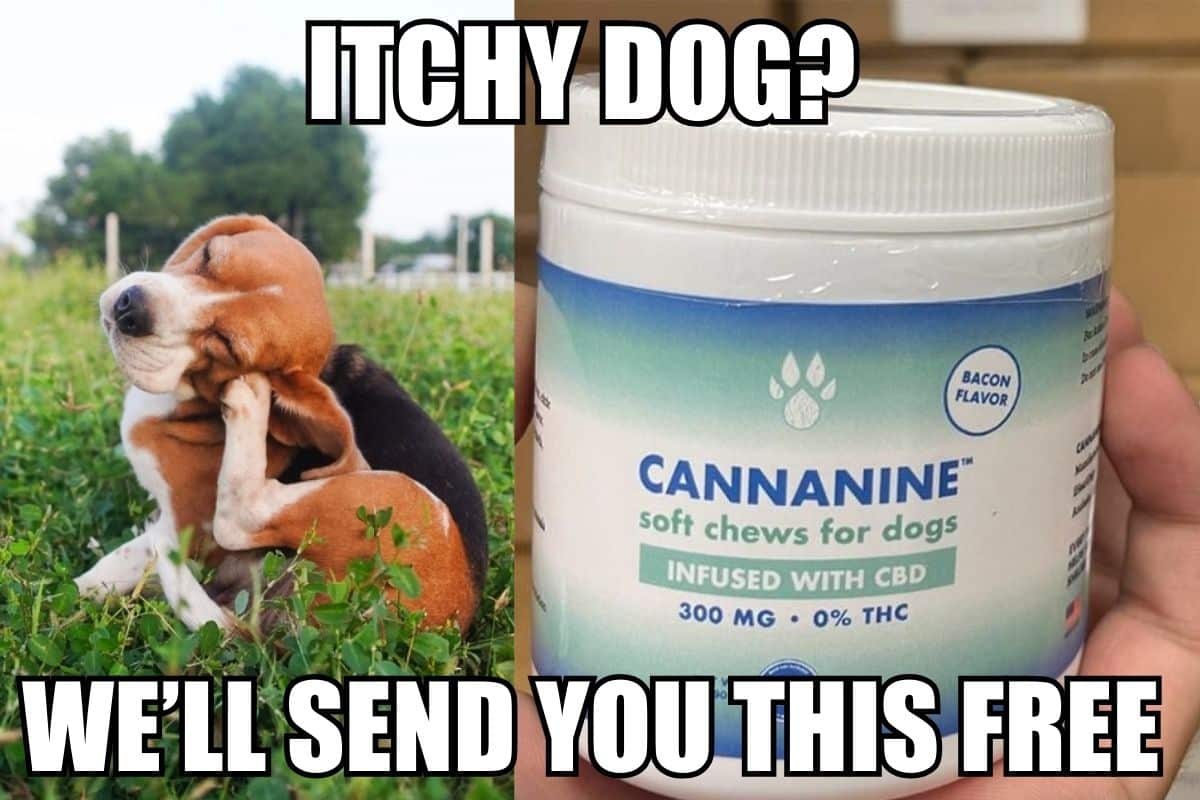
Dog Hot Spots

You may have noticed your dog scratching and licking at an ugly, red oozing spot on his skin: A hot spot. Hot spots are a type of skin infection caused by bacteria. The spots will be red, moist, and irritated that started with your dog’s picking at it, and made worse by bacteria.
The patch can get bigger in just a few hours and will be very painful for your pet. You’re likely to find them on your dog’s head, neck, hips and limbs. You might notice matted fur or hair loss around the area, along with scabbing and oozing. They’re more common in long-haired dogs in the summer, when the temperature and humidity get higher.
10 Signs of Hot Spots in Dogs
Watch out for these symptoms if you think your dog may be suffering from a hot spot:
- Itchy, painful patch of skin
- Continual chewing or licking at the site
- Abnormal aggression (associated with painfulness of site)
- Possible depression (associated with painfulness of site)
- Inflammation, redness, and swelling in a localized patch of skin
- Crusted scabs or oozing sores
- Dry scaly skin
- Hair loss
- Moist, matted fur
- Foul odor from lesion
7 Possible Causes of Hot Spots in Dogs
The hot spot is initially caused by your dog’s frequent fussing with the spot, perhaps due to one of the following reasons:
- Flea allergies
- Cuts or abrasions
- Ear infection/anal gland infection
- Foreign objects (splinters/thorns)
- Food allergies
- Matted fur Insect bites
- Chewing or licking due to stress or boredom
Bacteria grows with the help of heat and humidity and gives your dog the inflamed, oozy spot.
Recovery of Hot Spots in Dogs
Most hot spots clear up pretty quickly. A cone can be used to keep your dog from continuing to lick and chew the spot. For persistent hot spots that do not respond to at-home treatment, seek help from your veterinarian.
Regular grooming can prevent hot spots, but if your dog doesn’t get groomed regularly, clipping (or shaving, if appropriate for your dog’s coat) can also help prevent matting. Remember to keep your dog on a flea control program and maintain a stress-free home.
You may not notice the spot healing for a week or two, but the medication is doing its job and fur should grow back in 3 – 4 weeks. In severe cases, scarring may be possible. Take your pet back to the vet if the hot spots continue.
These statements have not been evaluated by the Food and Drug Administration. This product is not intended to diagnose, treat, cure, or prevent any disease. The information on this website is not intended to replace a one-on-one relationship with a qualified health care professional.




